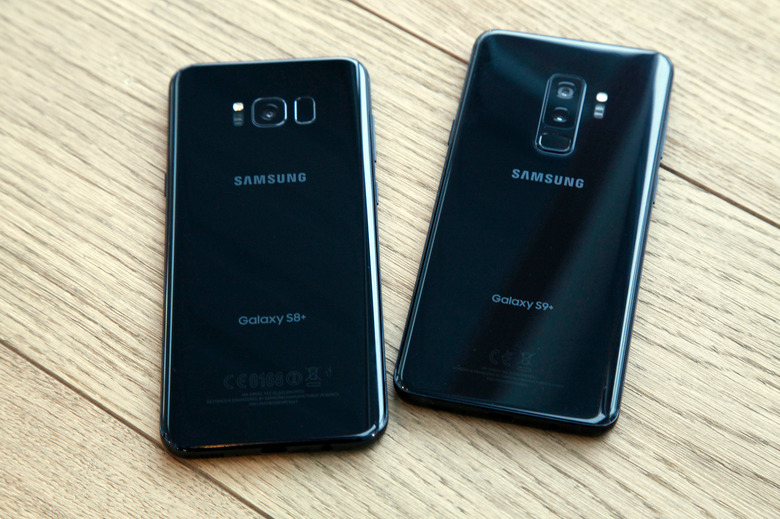Galaxy S9+ Vs iPhone X Drop Test: Yep, Glass Still Shatters
The Galaxy S9 does look a lot like its predecessor, but you'll notice plenty of differences between the two if you get a chance to use both devices. The Galaxy S9 phones have thinner top and bottom bezels, and the curved edges have slightly less glass, to make room for more aluminum. In turn, that metal is supposed to be more durable and disperse shock better than the Galaxy S8's aluminum frame. Meanwhile, the glass is thicker than before.
But guess what? Glass is glass, and glass will shatter when you drop any smartphones from a considerable height. The following drop test video pits the larger Galaxy S9+ against the iPhone X, as both phones have glass-sandwich designs.
As you'll notice in EverythingApplePro's clip, both devices can deal with 3-foot drops relatively well. The iPhone X's steel metal frame does a better job at dealing with impacts, while the Galaxy S9's aluminum will show evidence that the phone was dropped. The glass survives unscratched.
But don't expect the glass, no matter how durable it may be, to make it after drops from more than five feet. Depending on the point of impact, both the front and rear glass panels are susceptible to cracks, and repairs can be expensive. Hopefully, if you do drop either the Galaxy S9 or the iPhone X from a considerable height, it'll land on the back rather than the front.
In all these tests, both the Galaxy S9+ and the iPhone X kept working following these intentional accidents. They worked even after the front glass shattered. So, at least the phones won't die after accidental drops.
That said, you'd better think about purchasing protective accessories for either the Galaxy S9, the iPhone X, and any other glass phone out there to minimize the risk of damage — think screen protectors and cases.
